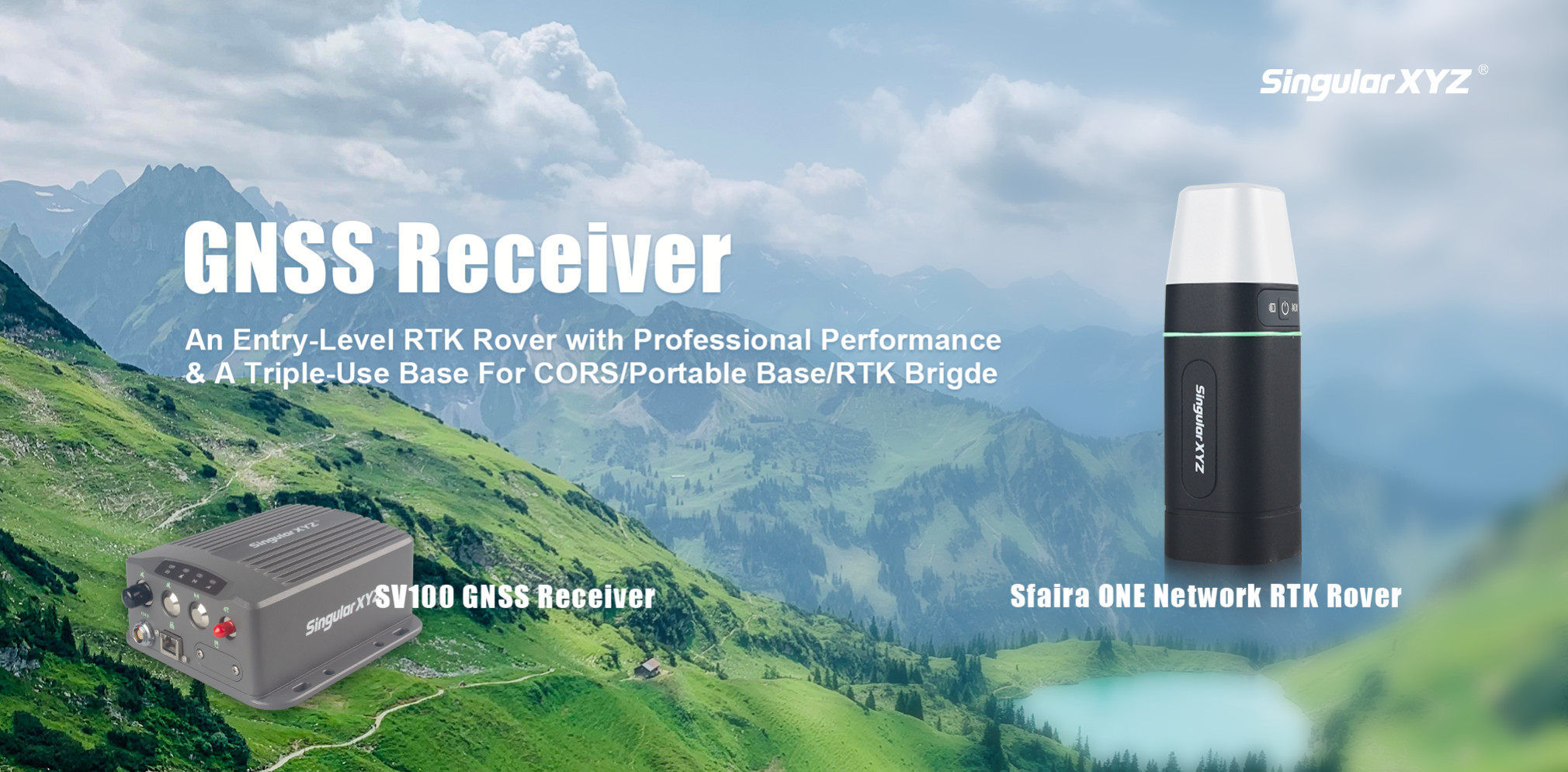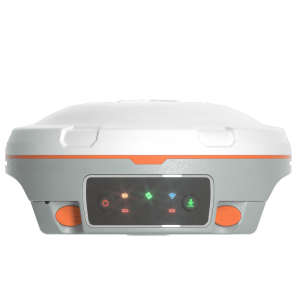 Promoted
Promoted
GNSS Receivers
GNSS Receivers are the core product for satellite positioning. They convert signals from visible satellites into a position on earth. The amount of visible satellites is dependent on the number of constellations the receiver is compatible with, such as GPS, Glonass, Galileo and Beidou.
Showing 1-15 of 171 results
 Promoted
Promoted
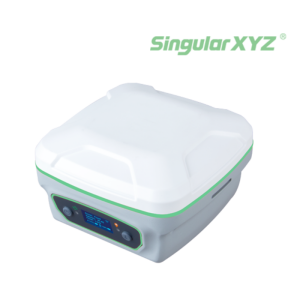 Promoted
Promoted
Y1 GNSS Receiver

Trimble R980

i76 Palm-Sized Visual IMU-RTK GNSS

M100X GNSS Receiver

Seapath 385

Seapath 130
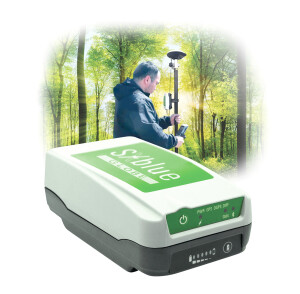
SXblue GLOBE High Performance GNSS Receiver
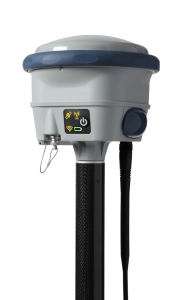
SP100 GNSS Receiver

Alpha 4i Ultra GNSS
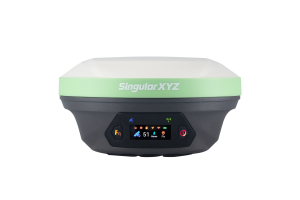
X1 Pro GNSS Receiver
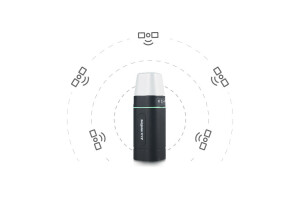
Sfaira ONE Plus GNSS Receiver

Z30 Portable GNSS Receiver
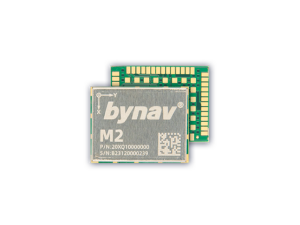
Bynav M21/22 GNSS/INS Module, 0.20% DR
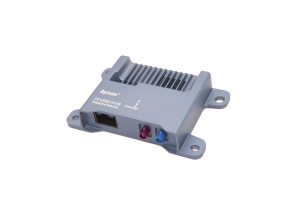
Bynav Automotive-Grade X36D GNSS/INS Receiver
Need some help? Ask a Geo-matching expert!
Our team and network of 1000+ manufacturers and developers is here to assist you.

We created this complete overview of GNSS Receivers from all key manufacturers and continuously update it. If you want to learn about what factors to consider when selecting and buying a receiver, read our buyers' guide below.
8 Things to Consider When Selecting and Buying a GNSS Receiver
GNSS receivers generally have one main purpose: the providing of an accurate real time position using various satellite constellations. As with all products however, specifications between receivers vary along with the price. The market for GNSS receivers is competitive with larger and smaller brands providing receivers with a wide range in specifications and added features such as shock and water-resistant housing, Bluetooth connection, built-in interfaces and more. The RTK accuracy and the number of tracked signals in most receivers are up to a high standard. High precision measurements are no longer exclusive to the big-name brands, allowing buyers to sway from these brands and consider more economic investments without compromising the quality of data.
There are a number of other factors to take into consideration when investing. Buying a receiver with the wrong specs for the job may cost thousands in repair or replacement costs as well as lost measurements. The following factors should be considered when choosing a receiver:
1. Dimensions
Depending on the application, the size of the receiver can be the deciding factor for a purchase. More compact receivers will often end up in the higher price range, thus it is important to know the maximum dimension a receiver can have when comparing products.
2. Weight
Especially relevant when the receiver is placed on moving objects like drones, UAV's, or even handheld equipment, there are various reasons the weight of a receiver can be of importance. As the weight is often influenced by factors such as power sources, enclosures, antennas, and other components, it is important to define whether there is a weight limit to regard the priority of these components versus their relative weight.
3. Material and durability
GNSS receivers are used in many different scenarios and climates. A buyer needs to define the conditions the receiver will be placed in, and for which amount of time. Knowing these conditions not only help to ensure the equipment will be able to withstand the working environment, but also helps the buyer to prevent spending money on a receiver too durable for the job.
4. Precision and tracked signals
As mentioned before, many GNSS receivers are already up to a high standard of precision. There are however differences between brands and products, thus a buyer should always check the specifications to be sure. Depending on the region in which the receiver will be used, certain satellite constellation may be more important than others. Here is the list of constellations with the main area of coverage per constellation:
| System | Owner | Coverage |
|---|---|---|
| Galileo | Europe | Global |
| GPS | North America | Global |
| BeiDou | China | Global |
| Glonass | Russia | Global |
| QZSS | Japan | Regional |
| IRNSS/NavIC | India | Regional |
5. Operating power / power supply (internal/external) / battery life
The battery life and/or power supply of a receiver is a very important consideration, and dependent on the application. Receivers with built in battery packs are practical for many on-the-go purposes, such as handheld devices and UAV's. Additionally, an internal power source can ensure continuation of measurements when there is a failure of an external power source. Different types of power sources can be required for specific applications and are thus also an aspect in which costs can be spared.
6. Recording
The information recorded and the frequency at which position and other data is recorded by a GNSS receiver can vary. Recording can be triggered by an event such as the press of a button, but a receiver can also provide constant position updates as are required for UAV's. The required frequency of position updates play an important role in most setups, and thus the fitted receiver should be capable of fulfilling this task. Receivers can record in different file types, and not all receivers allow for internal storage of recorded data.
7. Storage capacity
The saving of recorded data may be a required feature, for example when the receiver is not connected to any network or external device. Similarly to internal battery packs, the internal storage of data can prevent the loss of data in case the receiver loses connection with an external storage device.
The frequency in which measurements are recorded, as well as the maximum storage capacity influence the price of the receiver. The setup in which the receiver will be operational should be analyzed to decide what the minimum recording and storage requirements are.
The measured data can be delivered in different formats. Before buying, check which formats are compatible with the rest of the equipment and software.
8. Communication
A receiver can communicate with external computers, processors, and interfaces in various ways. Wired and wireless (Wi-Fi/Bluetooth) connections are available, and the preferred method of communication is dependent on the type of setup. Knowing which type of communication is required in a setup can save money in an investment, but also space, weight, and consumed energy by the receiver.
Communication interface
Some receivers have custom interfaces either built-in, or delivered with accessorizing software to provide an interface on a connected computer. However, an interface will not always be required or practical, and a buyer should not pay extra for such a feature when it is irrelevant.
Alerts
A common application on remote receivers is an alert which can be triggered on movement, change in signal, or any other event. Such systems will bring the receiver into a higher price range, as these functionalities are often used in more custom applications and require more built-in processing.
Conclusion
GNSS receivers are key components for the majority of remote stations, UAV's, and all other types of measuring set-ups. Geo-measurements are rarely relevant without an accurate position, which makes the investment in the GNSS receiver to provide this position a choice not to be taken lightly. In the current competitive market, high accuracy of measurements is becoming more and more standardized, allowing the buyer the freedom to compare main brand receivers with alternative smaller competing brands. The large selection of receivers ranging from high-end waterproof products to minimalistic sensors gives the opportunity for the buyer to only invest in the necessary features to come with the receiver.
Pricing
The price range for a GNSS receiver can vary greatly depending on the features and capabilities of the device. Generally speaking, GNSS receivers can range anywhere from $500 to $20,000 or more.
Further reading
The Incremental Improvements in GNSS - GIM International
Why RTK Hardware Is Here to Stay - GIM International
